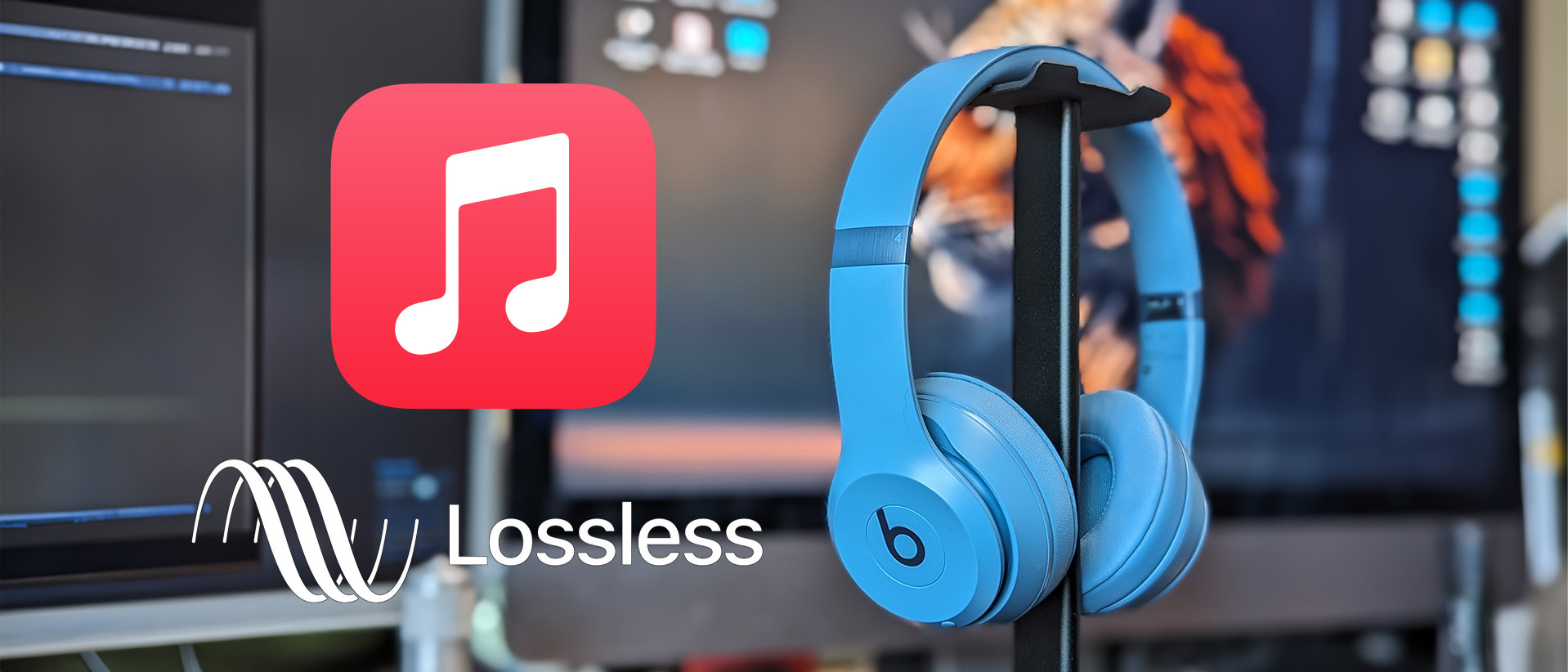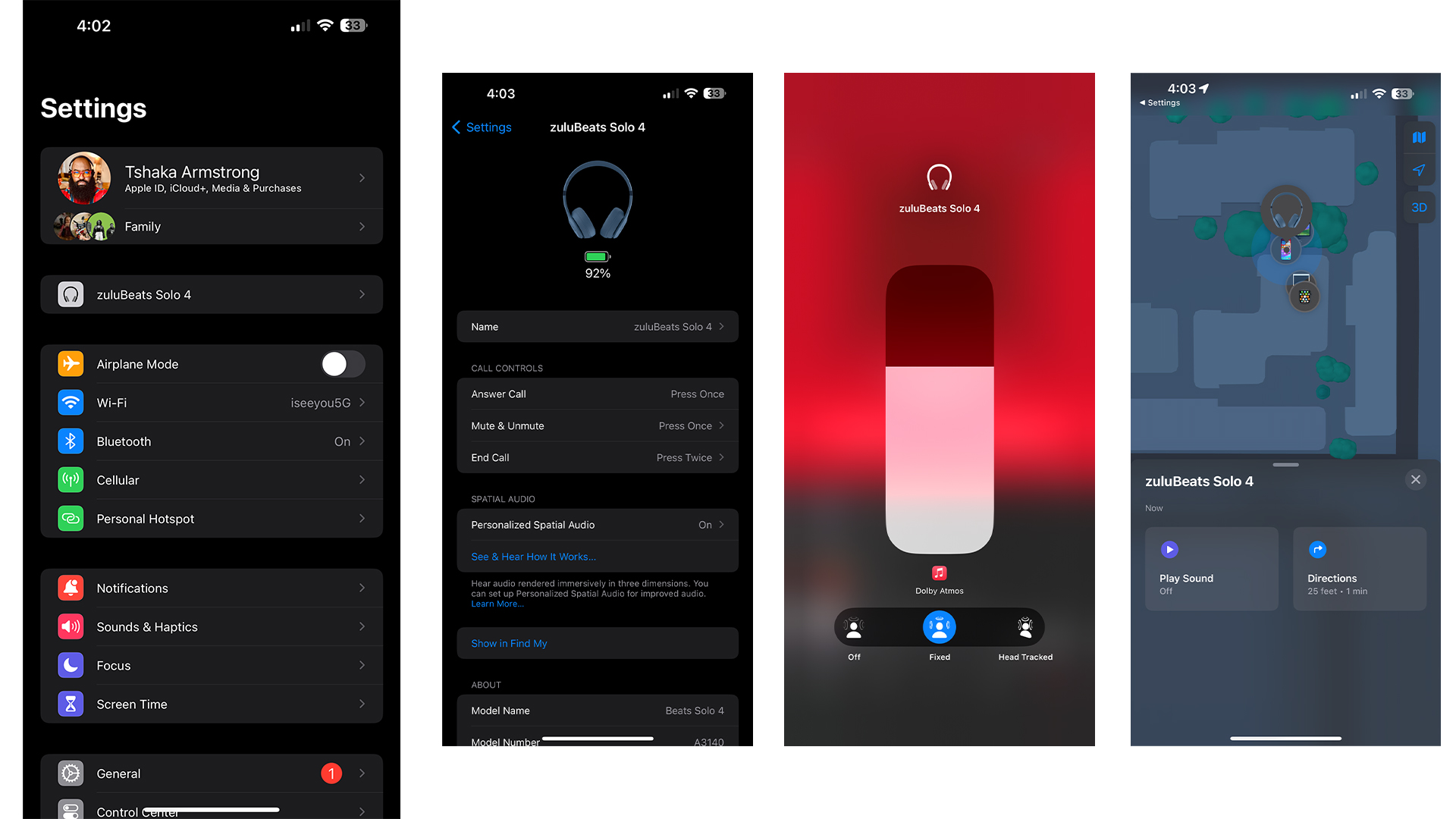iMore Verdict
The Beats Solo line is back, and this time, they’re here to clarify some things! Specifically your mids and vocals. The technical successor to 2016’s Solo 3 Wireless, Beats Solo 4 brings with it quite a few updated features while providing a sonic successor to 2019’s Beats Solo Pro. If Apple Lossless is your jam, along with on-ear headphones, Beats Solo 4 is definitely worth a look.
Pros
- +
Bluetooth, USB-C, and 3.5mm connections!
- +
Great clarity
- +
Battery life
- +
3.5mm uses no battery
- +
Spatial Audio for film/video content is outstanding!
Cons
- -
No Beats app EQ option
- -
Apple ecosystem doesn’t support aptX, LDAC, etc.
- -
Bass lovers may miss Beats signature booming bass
You can always trust iMore.
The Apple lossless library is massive, and while most listeners will experience it via AAC encoding over Bluetooth, the best way is with a wired connection. That’s where the new Beats Solo 4 comes in! Sonically, it’s a spiritual successor to the Beats Solo Pro but leveled up to best experience that Apple Music ALAC goodness, while giving you noteworthy battery life, plenty of options for connecting to your tunes, spatial audio with head tracking, and a compact package to make things easy on the go.
What you need to know upfront is that this isn’t the Beats sound you may be familiar with if you haven’t listened in a while. Even if you have, this will be different from what you’ve known, and that isn’t a bad thing. I’ll explain why!
Beats Solo 4: Price and availability

Beats announced the Solo 4, along with the new Beats Solo Studio buds on April 30, available to order that same day from apple.com in the US with US Apple store availability beginning on May 2nd. They’ll cost you $199.99 and, as of the time of this writing, are available in three colors: Matte Black, Slate Blue, and Cloud Pink.
It’s interesting to note that despite a slew of upgrades from the Beats Solo 3 wireless, which launched in 2016, the Solo 4 launches at the same 2016 pricing. Right now, they’re one of the most expensive on-ear headphones on the market but also the most feature-rich.
Beats Solo 4: Build and fit

Beats Solo 4 are the technical successor to the Beats Solo 3, so externally you’ll be familiar with what you’re getting in terms of build and fit. These are on-ear headphones but wearing them for hours during testing, I felt no fatigue on my left ear. Two hours into testing, I began to feel some discomfort on my right ear lobe but adjusted them and it went away completely.
The right fit is essential here because how your ears are shaped and how you have them seated over your ears may affect the sound quality.
The 50% recycled plastic with a mix of metal in the hinges Solo 4s weigh in at just under half a pound (217 grams) and have thick ear cushions, which actually did a pretty decent job of providing some passive noise cancellation when I was wearing them on busy streets. The headband is padded as well, and has a grippy, soft-touch exterior which helps them stay in place.
iMore offers spot-on advice and guidance from our team of experts, with decades of Apple device experience to lean on. Learn more with iMore!
Beats Solo 4: Features
This year, you’ll get custom 40mm passively tuned transducers, which have been upgraded and updated with a new fully automated assembly process to ensure accuracy in the mechanics of your sound. Speaking of sound, out with the old analog microphones on the Solo 3 Wireless, in with digital MEMs microphones for 2024.
Around the bottom of the earcups where you’ll find those mics, you’ll find the familiar power button and a single status LED. You’ll also find a 3.5mm audio port and a USB-C port, which is uplink and downlink compatible. That means that not only does it support charging, but you’ll have the ability to listen to lossless audio or take a call and charge the headphones at the same time. The great thing about the analog port (3.5mm) is that it doesn’t eat up battery power, so if you drain the headphones, you can listen to them via aux cable until your audio player’s battery runs out. I haven’t had the time to vet this claim yet thoroughly, but you won’t have to worry too much about battery life as Apple rates these at 50 hours, but if you do drain them, ten minutes of charging will get you up to five hours of playback.
Still in play in 2024 are mechanical buttons on and around the “B” logo on the left earcup. Press the “B” for playback controls and phone calls. Press up or down on the ring around the “B” for volume controls. And, of course, you have the native Apple features you’d expect, like iCloud pairing, Apple Watch audio handoff when you step out of range of your iPhone, audio sharing with compatible Beats or AirPods, always-on “Hey Siri,” and Find My.
Beats Solo 4: Sound quality
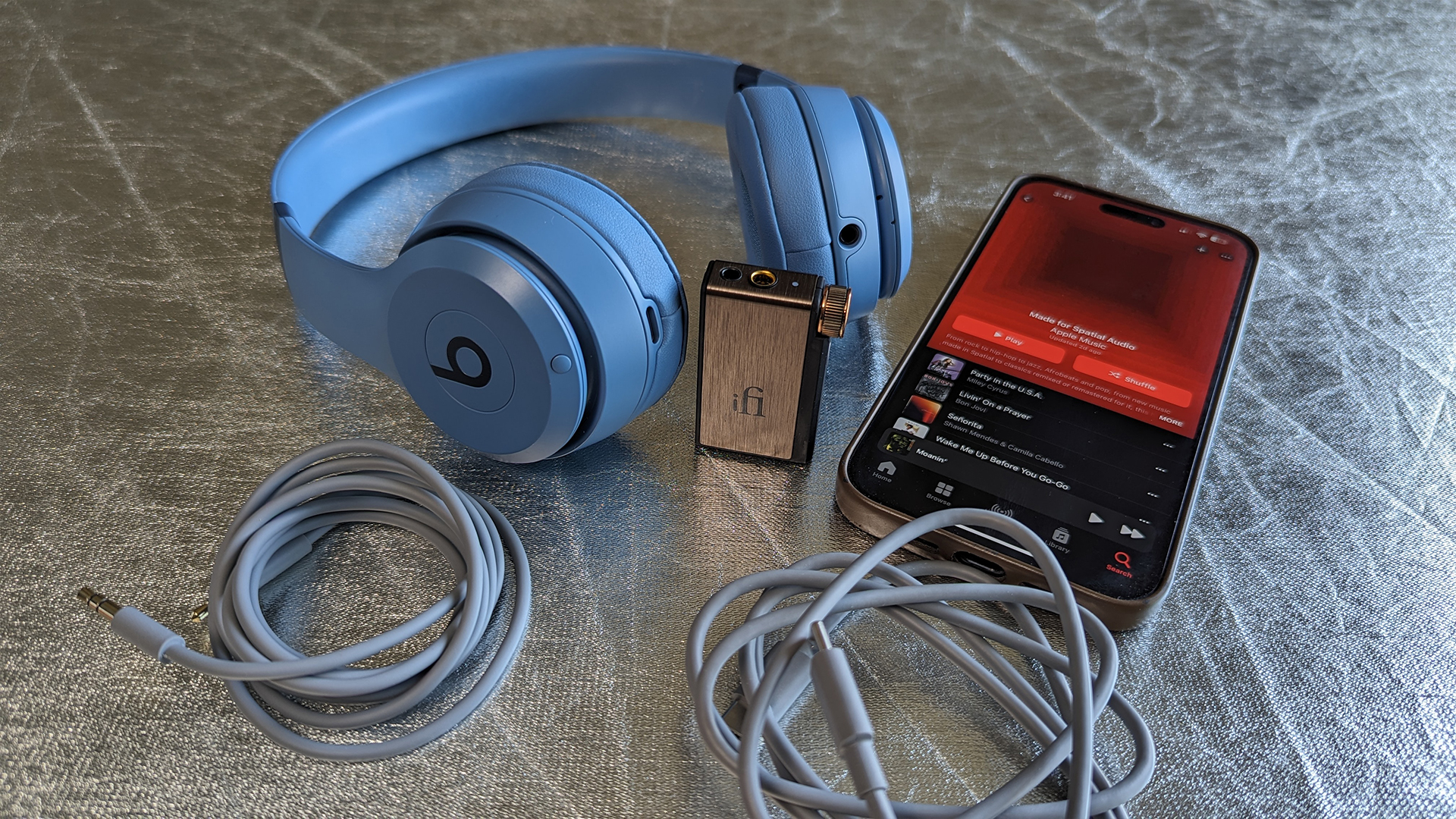
Okay, now we come to the most significant bit: how they sound. As I said in the beginning, these may take some getting used to for users familiar with the bass-forward tuning in previous Beats headphones. If you’ve been listening though, the more neutral sound shouldn’t come as a shock. What may be “shocking” at first is the extent to which the bass is dialed back, and these headphones favor mids and highs with no active EQ warming things up.
Given how Beats has included the ability to access lossless audio via the USB-C and 3.5mm ports, and that Apple’s lossless ALAC files can only be accessed over wire, this tuning makes sense. With Beats new passive transducers, you’re in control of adding flavor to this sonic dish. No additive sugary bass, just a solid base of sound to build on when you want to season that digital (or analog) dish.
You can do that with EQ (not easy on iOS), apps, or a USB-C DAC. There really isn’t an EQ app that works for all music across iOS, but there are music players that will work with Apple Music (downloaded files), Tidal streams, and more. The most full-featured app I’ve found and played with is Boom Music. It has some powerful EQ options and I’ve found it to be worth the $19.99 lifetime purchase price I paid- they also offer subscriptions.
So, let’s walk through some listening, shall we? The songs I listened to were all represented well through Bluetooth, though the depth of the bass response was dependent upon the app and streams and a song’s engineering. For example, Apple Music’s playback was more robust than Spotify's. The Roots “Do You Want More?!?!??” had more bass resonance than Double XX Posse’s “Not Gonna Be Able To Do It.” There’s a sub-bass hit around one minute and 15 seconds into Sylosis’ “Poison for the Lost” which feels a bit light.
Spatial audio and Dolby Atmos tracks are a joy to listen to via all three methods. Whether Bluetooth, USB-C, or 3.5mm, the Atmos version of Slick Rick’s “Children’s Story” is a revelation. The Doors’ “Rider on the Storm” has a haunting quality and shows off what good Dolby Atmos tracks should sound like when mastered by an engineer who knows how to use the tools and has a vision for shaping sound.
While Dolby Atmos is definitely an experience, it’s the 3.5mm connection and the use of a well-matched DAC that really brings music to life through the Beats Solo 4s. I played songs through three DACs and settled on iFi’s impressive GO blu for the remainder of my testing. With that combination, the Dolby mix of “Riders on the Storm” opens up and becomes more immersive. One of the muddiest songs in my playlist, “Biscuits” from Method Man’s 1994 album “Tical,” sounds a bit compressed with AAC but also opens up with both USB-C and 3.5mm. I played through GO blu which is a combo DAC/Amp with power to spare and did so with the music uncolored and with XBass mode activated, then cranked up “Biscuits” and as bass heavy as it is, there was never any distortion from the Solo 4s.
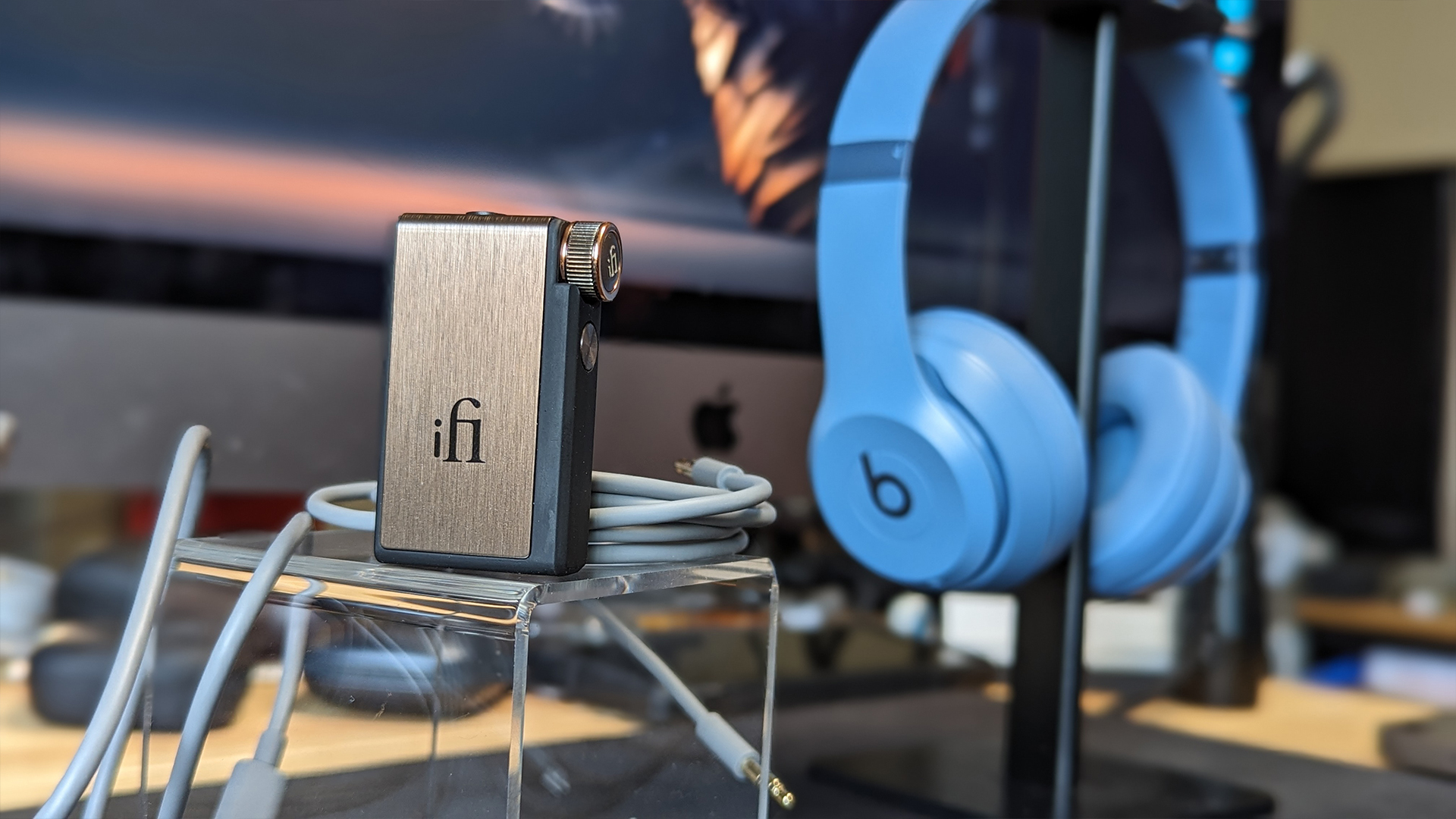
I wanted to test those forward mids and highs, so I pulled up composer Kris Bowers’ “Violin Duel” from the “Chevalier” film score. It’s another Atmos track that sounds good with AAC but is a sonic feast with 3.5mm and the GO blu DAC. The attack on the violin chord changes, and as various movements begin has more detail and presence, making this song even more engaging.
After listening, the wonderful clarity these headphones produce seems to mostly be the result of forward mids, not vaulted high frequencies. When I listened to Art Blakey’s “Moanin’,” there was a section of horns that is shrill on almost every pair of high-end headphones I’ve used. That section isn’t shrill with the Solo 4s in Bluetooth mode. Connected to Tidal via USB-C, that range opens up, and the shrill quality returns. It’s also there when connected via DAC and 3.5mm cable.
Watching movies through the Bluetooth connection, using Personalized Spatial Audio, there was no lag, and dialogue, sound effects, and scoring were all reproduced quite well. I played “Thor: Ragnarok,” and one episode of Blue Eye Samurai which specifically supports spatial audio, and was not disappointed!
The forward tuning of the mids makes dialogue pop, but unlike music, the taiko drums in episode two “Unexpected Element” as well as the sound design which has sub-bass elements really come alive with a deep and resonant richness. The use of Spatial Audio in Blue Eye Samurai is stunning. I’ve watched this same episode through a soundbar and powerful sub which cost around $400 dollars but this experience is next-level.
Beats Solo 4: Competition
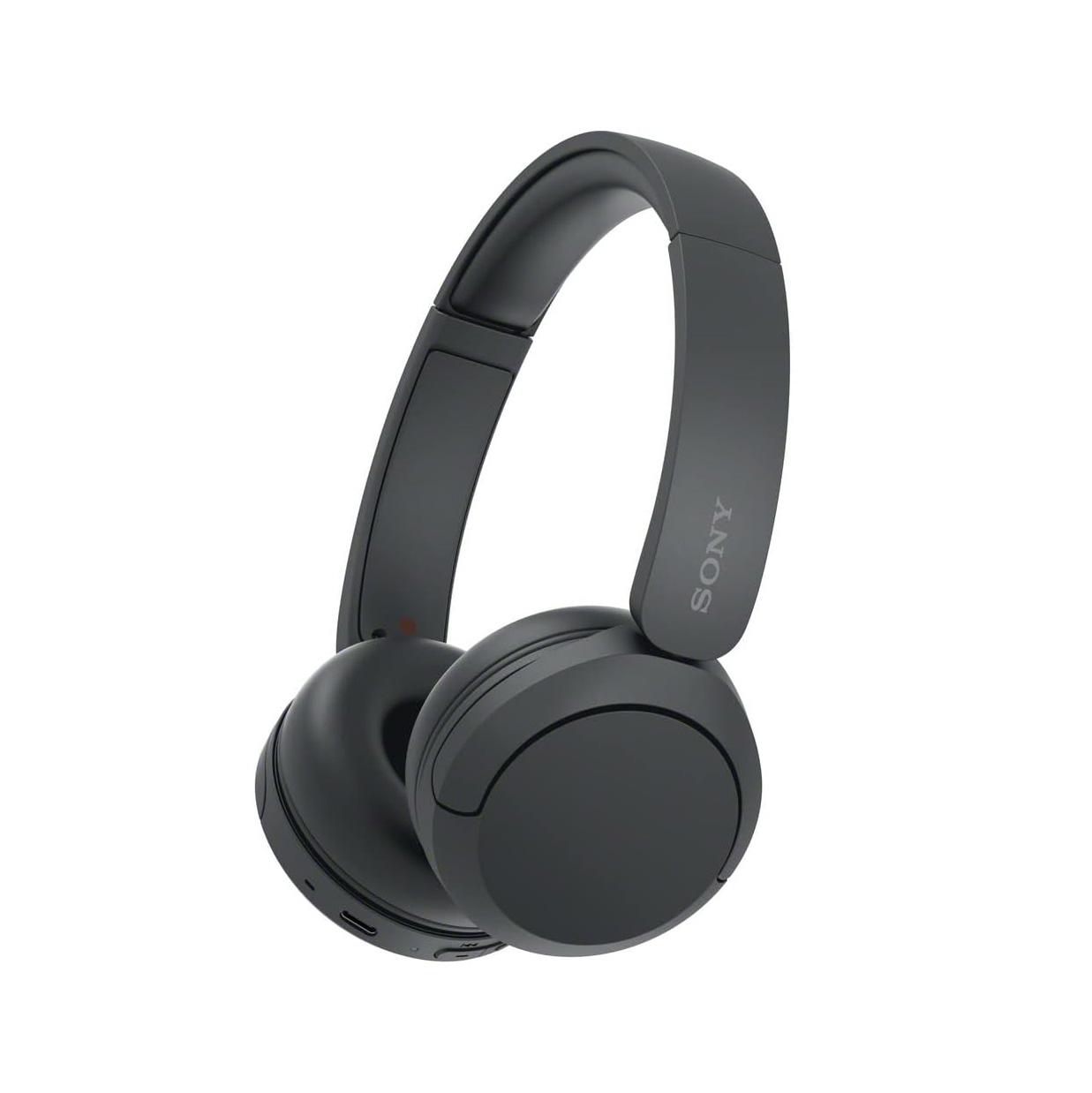
Regarding iOS, there aren’t any one-to-one comparisons in the on-ear space. The native support on iOS and the fact that simple things like Siri reading your notifications from your iOS/WatchOS/iPadOS devices only comes through on Apple earbuds make these King of the Hill in that regard.
In terms of style and features, there are on-ears like Sony’s WH-CH520 for just under $60. They’re probably the closest you’ll get in terms of sound quality. You won’t get USB-C audio support or a 3.5mm audio port, but for a third of the price, you get 50 hours of battery life, AAC, multipoint, and an app with EQ functionality. Skullcandy also has their Riff Wireless 2 on-ears for $49.99 but I have yet to get my hands on them, so I can’t speak to their audio quality.
Beats Solo 4: Should you buy it?

You should Beats Solo 4 if..
- You want to get into Apple Lossless
- You’re interested in USB-C DAC/AMPs
- You like the on-ear form factor
You shouldn’t buy Beats Solo 4 if…
- You prefer bass-heavy tuning
- You need ANC
The 2024 Beats Solo 4 is an excellent upgrade over the Solo 3 and finishes what began with the Solo Pro, minus ANC. The flexibility in their connection options, their native Apple features, and their comfort make them a pair of on-ear headphones that are well worth serious consideration if you’re in the market for some or just looking to upgrade what you currently own.
For me, the Solo 4s feel like a pair of headphones constructed with Apple’s ALAC format in mind—as if they were engineered to be a young neophyte audiophile’s early foray into technical listening. They are on-ears that perform well as compact, easy-to-travel Bluetooth headphones, with a restrained intensity that is unleashed over wire.
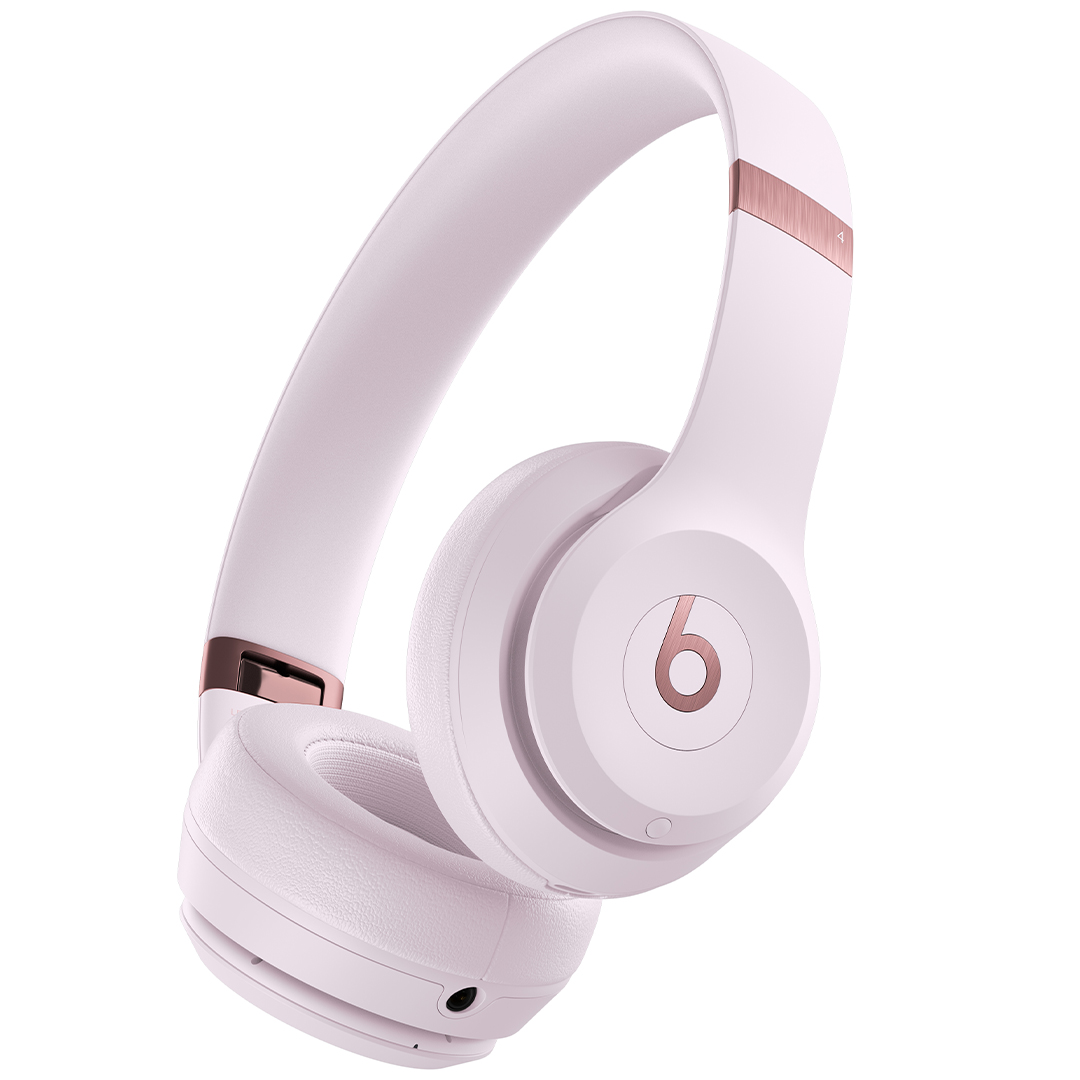
Beats Solo 4 and Apple Lossless is a winning combo
Beats Solo 4 is a great improvement on the Solo 3 Wireless in almost every way. If you're looking for comfortable on-ear headphones with native Apple support, flexible connectivity, and high-resolution audio support, these are likely the best you can buy right now.

Tshaka Armstrong is a nerd. Co-Founder of the non-profit digital literacy organization, Digital Shepherds, he’s also been a broadcast technology reporter, writer and producer. In addition to being an award-winning broadcast storyteller, he’s also covered tech online and in print for everything from paintball gear technology, to parenting gadgets, and film industry tech for Rotten Tomatoes. In addition to writing for iMore, he’s a video contributor for Android Central and posts everything else to his own YouTube channel and socials. He blathers on about his many curiosities on social media everywhere as @tshakaarmstrong.
